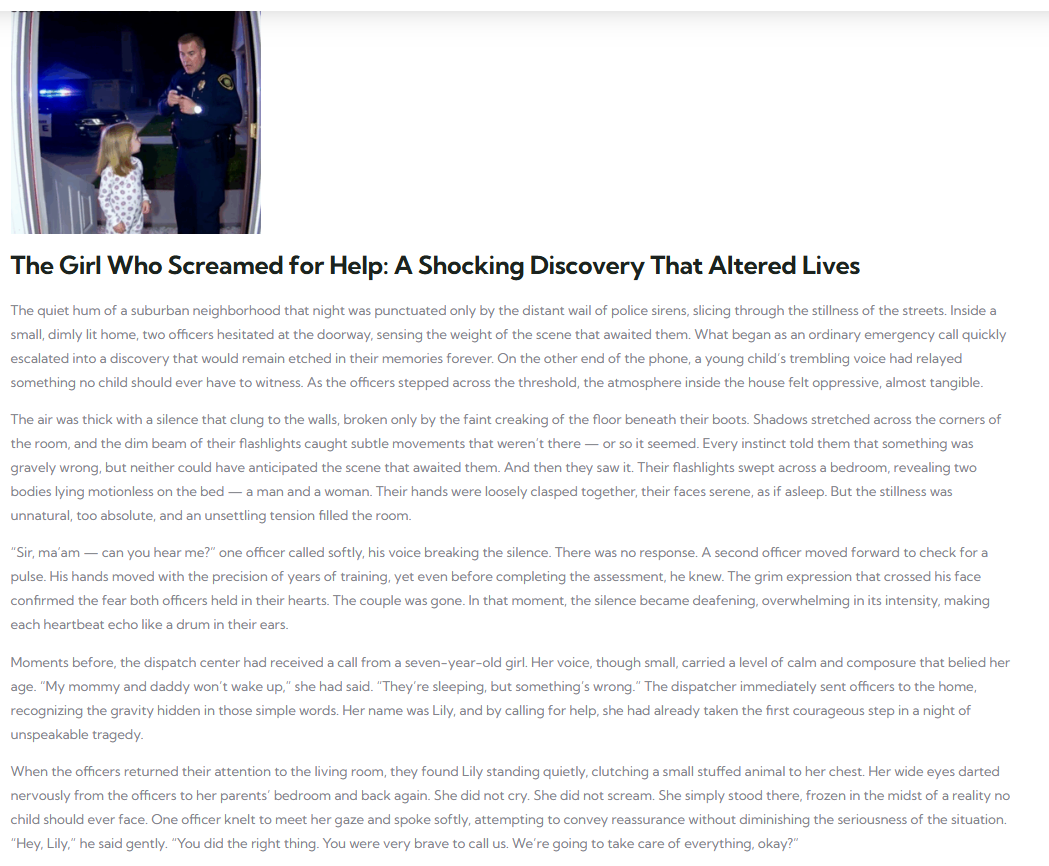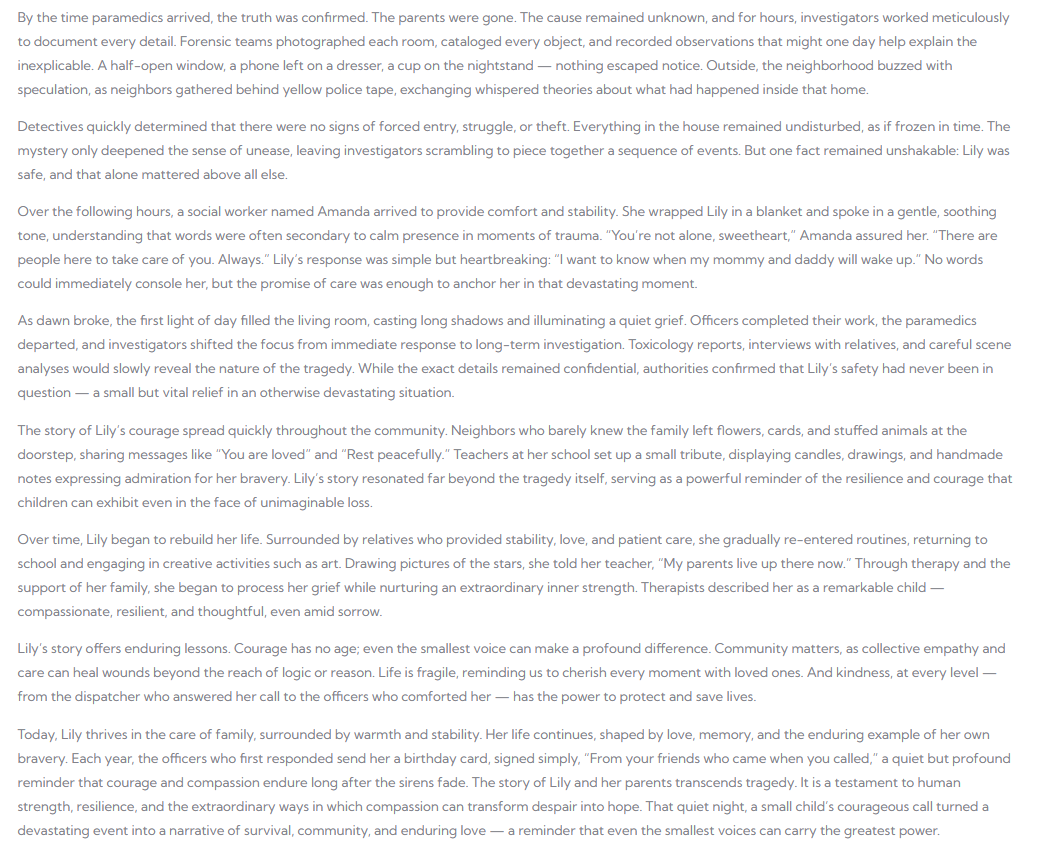As the days grow shorter and sunlight fades earlier in the evening, many people notice changes in their mood, energy levels, and motivation. For some, these shifts go beyond a passing case of the “winter blues.” They may be signs of Seasonal Affective Disorder (SAD), a form of depression linked to reduced sunlight during fall and winter months.
Fortunately, one of the most effective and non-invasive treatments for this condition doesn’t come in a pill or require complex procedures. It involves something as simple and natural as light—specifically, light exposure therapy, also known as bright light therapy.
This treatment has helped countless people regain their energy, mood stability, and sense of well-being when daylight is in short supply. Let’s explore how it works, what the science says, and how to use it safely and effectively.




Understanding Seasonal Affective Disorder
Seasonal Affective Disorder is a type of depression that follows a recurring seasonal pattern, most commonly appearing during late fall and winter. As daylight hours decrease, the body’s internal biological clock, or circadian rhythm, can become disrupted. This affects the production of two crucial hormones: melatonin, which regulates sleep, and serotonin, which influences mood.
When sunlight exposure drops, melatonin levels can rise—leading to sleepiness and lethargy—while serotonin production may decline, resulting in feelings of sadness and low energy.
Common Symptoms of SAD Include:
- Persistent low mood or sadness
- Fatigue and lack of energy
- Increased sleep or difficulty waking up
- Weight gain and craving for carbohydrates
- Difficulty concentrating
- Withdrawal from social activities
While anyone can experience SAD, it tends to be more common in people who live far from the equator, where daylight hours vary more dramatically throughout the year.
The Science Behind Light Exposure Therapy
Light exposure therapy works by simulating natural sunlight to reset the body’s internal clock and balance hormone production. It involves sitting near a specially designed light box that emits bright light—usually around 10,000 lux, which is about 20 times brighter than typical indoor lighting.
This controlled exposure helps regulate melatonin and serotonin, promoting wakefulness during the day and improving sleep quality at night. Essentially, it “tricks” the body into feeling like it’s getting morning sunshine, even on the darkest winter days.
How Light Therapy Affects the Brain
- Regulates Circadian Rhythms: The body relies on light signals to set its internal 24-hour clock. Regular morning exposure helps synchronize this rhythm, reducing fatigue and improving alertness.
- Boosts Serotonin Levels: Increased serotonin can lift mood and reduce symptoms of depression.
- Reduces Overproduction of Melatonin: Too much melatonin can cause excessive sleepiness and sluggishness; light therapy helps balance this.
Multiple clinical studies have confirmed that light therapy can significantly reduce SAD symptoms, often within one to two weeks of consistent use.
How to Use Light Exposure Therapy
While light therapy is simple to use, following a few key guidelines ensures safety and effectiveness.
1. Choose the Right Light Box
Look for a light box that:
- Emits at least 10,000 lux of brightness.
- Filters out UV rays to protect your eyes and skin.
- Is medically approved or specifically designed for treating SAD.
Avoid using devices not intended for therapeutic use, such as tanning lamps, since they can emit harmful ultraviolet light.
2. Timing Is Everything
Most experts recommend using light therapy early in the morning, soon after waking up. This timing best mimics natural sunlight patterns and helps regulate your internal clock.
Sessions typically last 20 to 40 minutes per day, depending on the intensity of the light and your sensitivity.
3. Positioning the Light
You don’t need to stare directly into the light. Instead, place the box about 16 to 24 inches from your face at a slight downward angle, allowing the light to enter your eyes indirectly while you read, eat breakfast, or work at your desk.
4. Stay Consistent
Light therapy works best when done consistently every day during the darker months. Missing several days can reduce its effectiveness, especially if your symptoms are moderate to severe.
5. Monitor for Side Effects
Most people tolerate light therapy well, but mild side effects can occur, such as:
- Eye strain or dryness
- Mild headaches
- Irritability or agitation
If these persist, reduce session time or adjust the distance between you and the light box.
Combining Light Therapy with Other Treatments
While light exposure therapy can be powerful on its own, it’s often even more effective when combined with other approaches, particularly for people with moderate to severe symptoms.
Cognitive Behavioral Therapy (CBT)
CBT helps individuals identify and change negative thought patterns and behaviors associated with depression. Studies show that combining CBT with light therapy can lead to longer-lasting improvements than either treatment alone.
Medication
Some individuals may benefit from antidepressant medications, especially if symptoms are severe or persistent. Light therapy can complement these medications, allowing for better symptom management.
Lifestyle Adjustments
Small daily changes can also support recovery and help prevent future episodes:
- Spend more time outdoors during daylight hours, even on cloudy days.
- Exercise regularly, as physical activity boosts mood-regulating chemicals in the brain.
- Maintain a balanced diet, focusing on whole foods and reducing sugar intake.
- Practice mindfulness or meditation to reduce stress.
Who Should Avoid Light Therapy?
Although light therapy is generally safe, it’s not suitable for everyone. People with certain conditions should consult a doctor before starting treatment, including:
- Eye disorders such as macular degeneration or retinal disease
- Bipolar disorder (as light exposure can sometimes trigger mania)
- Photosensitive conditions or those taking medications that increase light sensitivity
Pregnant women and individuals with specific medical concerns should always seek professional guidance before starting any new treatment.
What Results to Expect
Many people begin noticing improvements within the first few days to two weeks of consistent therapy. Mood, concentration, and energy levels gradually improve, and feelings of hopelessness or fatigue diminish.
However, just as symptoms return with seasonal changes, stopping light therapy too soon can cause a relapse. Most experts recommend continuing treatment through the winter months and tapering off as natural daylight increases in spring.
The Future of Light-Based Treatments
As research progresses, light exposure therapy continues to evolve. Scientists are exploring personalized light therapy regimens, wearable light devices, and even smartphone-integrated systems that adapt light intensity based on your environment.
Some workplaces are beginning to install full-spectrum lighting systems to help employees maintain energy and mood during the winter. Meanwhile, new studies are examining how light exposure can help with sleep disorders, jet lag, and even cognitive decline in older adults.
Conclusion: Bringing Light Back into Life
Light exposure therapy offers a safe, accessible, and scientifically supported way to manage Seasonal Affective Disorder. It empowers individuals to take control of their mental health naturally, without invasive procedures or heavy medication.
For anyone who dreads the arrival of winter darkness, this simple practice can quite literally bring light back into life—helping restore balance, motivation, and joy during the coldest, grayest days of the year.
If you think you might be affected by seasonal mood changes, talk to a healthcare provider about whether light therapy is right for you. With the right guidance, a few bright minutes each morning can transform not just your day, but your entire season.



